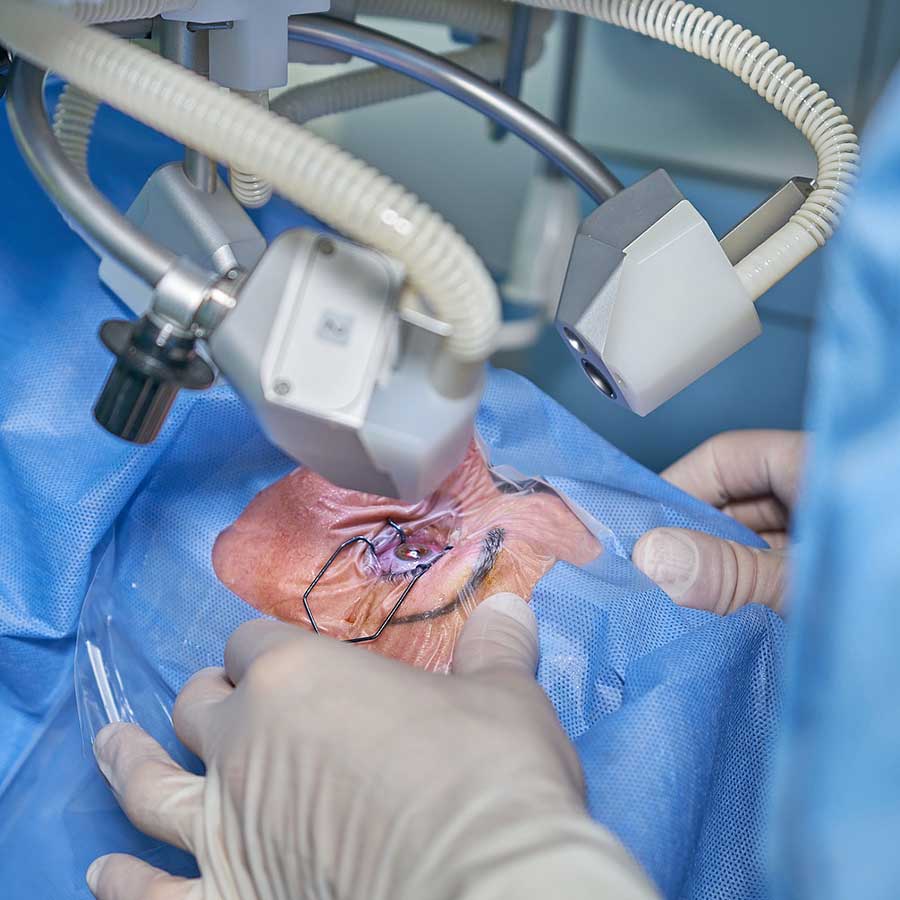Surgery Cost of Glaucoma in the Philippines (2025 Guide)
1. Introduction
Glaucoma is one of the leading causes of irreversible blindness worldwide, and it affects thousands of Filipinos every year. The disease is caused by an abnormal increase in intraocular pressure (IOP), which damages the optic nerve over time. While early stages may be controlled with medications or laser therapy, some cases require surgical intervention to prevent vision loss.
If you’re researching the cost of glaucoma surgery in the Philippines, this comprehensive guide will help you understand treatment options, expenses, and what to expect when planning for the procedure.
2. What is Glaucoma Surgery?
Glaucoma surgery is designed to lower intraocular pressure (IOP) when medications or non-invasive treatments are no longer effective. The goal is to prevent further vision damage, since sight lost from glaucoma cannot be restored.
Doctors usually recommend surgery when:
-
Eye drops or oral medications fail to control pressure.
-
Laser procedures are insufficient.
-
The patient’s vision is at high risk of rapid deterioration.
Types of Glaucoma Surgery in the Philippines include:
-
Trabeculectomy – creates a drainage channel for fluid.
-
Glaucoma drainage devices (shunts or tubes) – implants that help redirect fluid out of the eye.
-
Minimally Invasive Glaucoma Surgery (MIGS) – newer, less invasive procedures often combined with cataract surgery.
-
Laser treatments (e.g., Argon Laser Trabeculoplasty, Selective Laser Trabeculoplasty) – use light energy to improve fluid drainage.
The right procedure depends on the severity of the condition and your ophthalmologist’s recommendations.
3. How Much Does Glaucoma Surgery Cost in the Philippines?
The cost of glaucoma surgery in the Philippines varies based on the type of procedure, the hospital, the surgeon’s expertise, and additional medical needs.
Estimated Cost Breakdown (2025):
-
Consultation fees: ₱700 – ₱1,500 (Manila, Makati, Mandaluyong)
-
Trabeculectomy: ₱60,000 – ₱120,000
-
Glaucoma drainage implant: ₱80,000 – ₱150,000 (device cost adds significantly)
-
MIGS (Minimally Invasive Glaucoma Surgery): ₱100,000 – ₱180,000 (often with cataract surgery)
-
Laser therapy (ALT/SLT): ₱15,000 – ₱40,000 per session
💡 International sources estimate $1,500 – $2,500 (₱85,000 – ₱140,000) for glaucoma surgery, which aligns with local averages depending on the hospital and surgical method.
4. Factors Affecting Glaucoma Surgery Cost
The final price can change based on:
-
Type of surgery (traditional trabeculectomy vs. MIGS vs. implants)
-
Hospital/clinic location (private hospitals in Metro Manila are costlier)
-
Surgeon’s expertise and reputation
-
Use of advanced equipment or implants
-
Length of hospital stay (some surgeries are outpatient, others require admission)
-
Post-operative medication and follow-up care
5. Cost Breakdown
Patients should prepare for expenses beyond the surgery itself:
-
Pre-operative tests: consultation, visual field exam, OCT imaging, lab work.
-
Surgery fees: surgeon’s fee, anesthesiologist, operating room charges.
-
Hospital charges: admission (if needed), supplies, medications.
-
Post-operative care: follow-up visits, eye drops, possible repeat procedures.
6. Comparing Glaucoma Surgery Costs
In the Philippines, glaucoma surgery is often more affordable than in Western countries. However, prices differ significantly depending on the facility:
-
Government hospitals (PGH, East Avenue Medical Center, local public hospitals): lower costs, but long waiting times.
-
Private hospitals (St. Luke’s, Asian Eye Institute, The Medical City, Makati Medical Center): higher fees, but advanced technology and specialized glaucoma specialists.
-
Specialized eye centers (Asian Eye, American Eye Center): mid- to high-range pricing, but focused expertise.
7. Financing & Insurance Options
Managing the financial side of glaucoma treatment can be challenging, but several options are available:
-
PhilHealth: Offers partial coverage for glaucoma surgery under certain case rates.
-
Private insurance: Coverage depends on your policy—some include partial or full reimbursement for eye surgeries.
-
Payment plans: Many private hospitals allow staggered payments or credit card installment plans.
-
Government & NGO programs: Some organizations offer free or subsidized treatment for qualified patients.
8. Choosing the Right Clinic or Surgeon
When deciding where to undergo glaucoma surgery, consider:
-
Board-certified ophthalmologists with glaucoma specialization.
-
Success rates and patient testimonials.
-
Clinic accreditation and modern equipment.
-
Transparent pricing (ask for a detailed estimate before surgery).
-
Post-operative support including follow-up care and counseling.
For trusted references, consult the Philippine Academy of Ophthalmology (PAO) or the Philippine Glaucoma Society (PGS) for a list of accredited specialists.
9. FAQs on Glaucoma Surgery in the Philippines
Q1. Is glaucoma surgery painful?
Most surgeries are done under local anesthesia, so patients feel minimal discomfort.
Q2. How long is recovery time?
Initial recovery takes 1–2 weeks, but complete healing may take several months.
Q3. Can glaucoma be cured by surgery?
No. Surgery controls eye pressure but does not restore lost vision.
Q4. Is surgery the only option?
Not always. Surgery is usually considered after medications and laser treatments fail.
Q5. Does PhilHealth cover glaucoma surgery?
Yes, but only partially. Coverage depends on the procedure and hospital.
10. Conclusion
Understanding the cost of glaucoma surgery in the Philippines is essential for making informed healthcare decisions. While prices vary widely depending on procedure and hospital, most patients should expect to spend ₱60,000 to ₱150,000 for surgery, excluding long-term medication and follow-ups.
Early detection and timely treatment remain the best ways to preserve vision. If you suspect glaucoma or are considering surgery, consult a trusted ophthalmologist to discuss your options, costs, and long-term care plan.
Glaucoma may not have a cure, but with the right treatment, you can protect your eyesight and quality of life.




